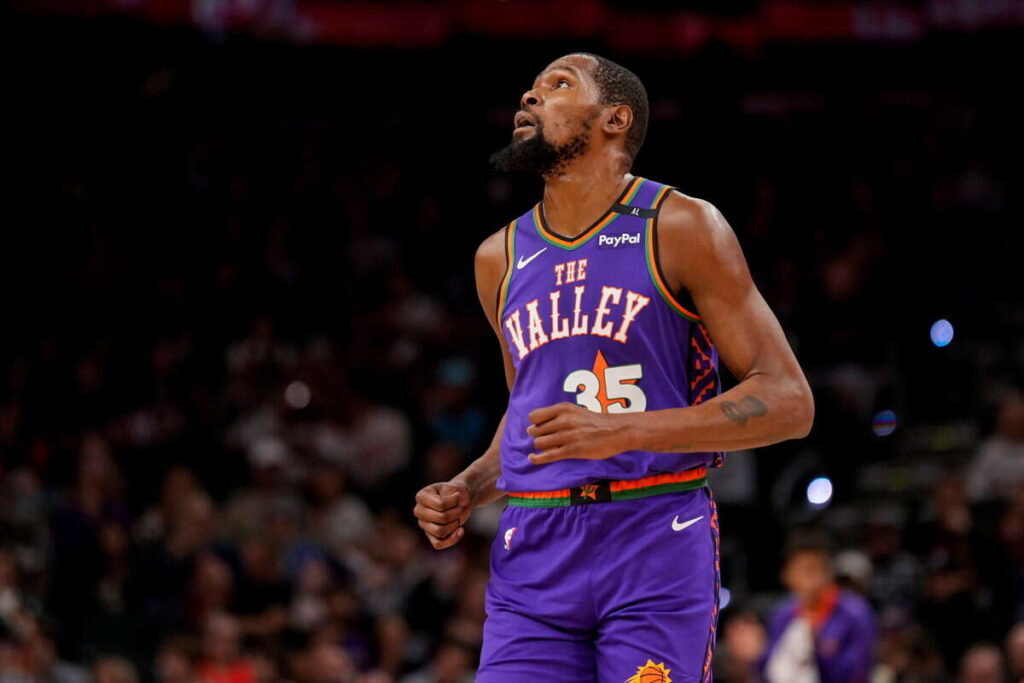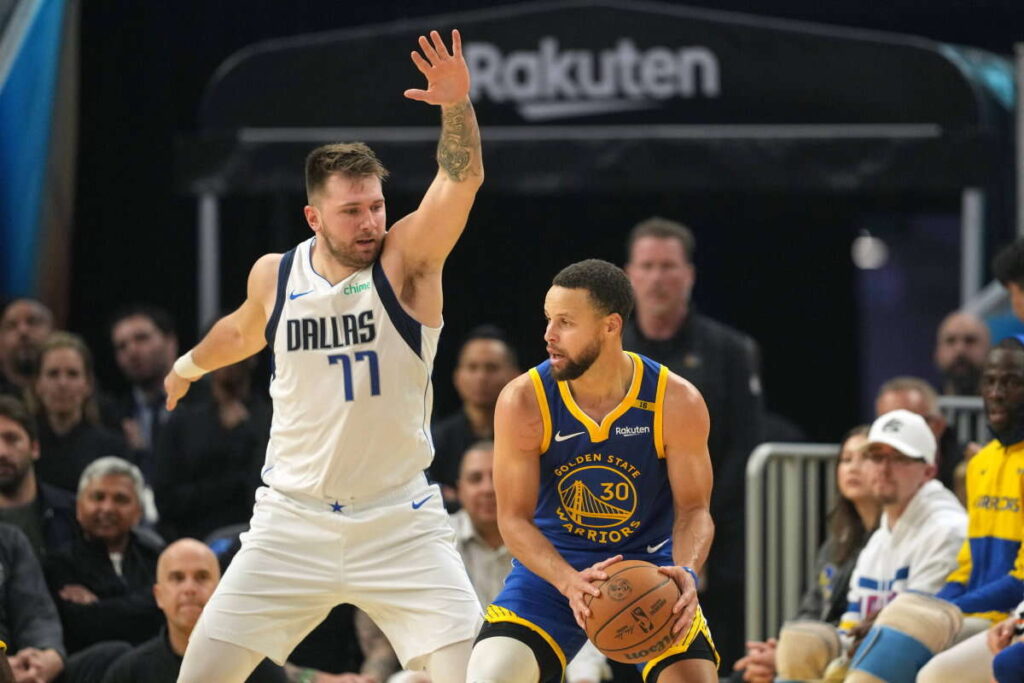The renewed formats aren’t bringing back interest, current stars see no reason to risk themselves, and legends of the past no longer recognize the league they played in • As Adam Silver tries to improvise again and faces criticism ahead of the All-Star game, we tried to understand if there’s any chance to revive what was once the most glamorous event of the year.
 LeBron James at the All-Star Game. Photo: EPA
LeBron James at the All-Star Game. Photo: EPA
East vs. West, captains, selections two weeks before the game, selections right before the game, back to East vs. West, and now division into three teams. In the last decade, the NBA has tried everything to revive the All-Star game, which today only retains value as a resume addition for player selection. This year, it was decided that the 24 selected players will be divided into three teams and play in a tournament of short games, with semifinals and finals, along with the Rising Stars team that will win their tournament two days earlier.
Kevin Durant, who in a month and a half will be selected for the All-Star game for the 15th time, has already expressed sharp criticism of the new format, saying it’s better to simply play East vs. West, like in the good old days, but that’s over. In those good days, the ones Durant grew up watching as a child, there was competitiveness. Perhaps because the league was somewhat predetermined with long reigns by Michael Jordan and the Chicago Bulls, Shaq-Kobe with the Los Angeles Lakers, and occasionally San Antonio Spurs emerging to take a title. Players felt they had something to prove, and also wanted to excite fans who couldn’t see them on screen at any given moment.
 Kevin Durant. A sense of exhaustion, photo: AP
Kevin Durant. A sense of exhaustion, photo: AP
That competitiveness has been replaced with caution. Players see this event as a big warning sign before the end of the season, another place where they might accidentally get injured. Since the introduction of max and supermax contracts, where salary can increase in case of personal awards or championships, stars see no reason to exert themselves without compensation. It’s no coincidence that the last competitive game was in 2020, the first time Commissioner Adam Silver involved certain payments for winning quarters and the game.
Silver, with visible lack of enthusiasm, told players and fans about a scoring record broken in the previous All-Star game, which ended 211-186 for the East. If you ask him, it’s the saddest record broken in NBA history, and that’s probably true, but the bigger problem is the evolution of the sport. Or as Shaquille O’Neal has been saying in recent months: “Steph Curry ruined basketball.”
 Steph Curry and Luka Doncic. The regular season provides better entertainment than the All-Star Game, Photo: USA TODAY Sports via Reuters Con
Steph Curry and Luka Doncic. The regular season provides better entertainment than the All-Star Game, Photo: USA TODAY Sports via Reuters Con
Since Golden State taught the league, or the whole world, that 3>2, there has been an extreme point inflation. Today, a game where a team doesn’t reach 100 points is considered unusual, displays of 20 three-pointers per game are considered normal, and even in Europe, the leading teams on the continent are those that rain threes relentlessly. Additionally, the risk of driving to the basket, taking hits, and getting injured is higher than shooting a three. This way, you maintain health and score more. Everyone wins.
When Every Regular Game Looks Like the All-Star Game
The change can be seen in the All-Star game too: in 2013, just before Golden State Warriors made empire-like moves, 71 three-pointers were attempted. In 2024, both teams combined made 71 three-pointers out of 168 attempts. On average, in the last decade, 134.2 three-pointers were attempted per game at 36.9 percent.
You can understand Shaq. Nobody wants to watch 48 minutes of throwing threes and then someone gets a prize for it. That’s what we have the three-point contest for, which has unwillingly become the most exciting event of the supposedly glamorous weekend. The norm of watching Steph Curry, Klay Thompson, James Harden, and others shooting threes is nice in certain games, but when all the stars gather, there’s an expectation to see a spark of competitiveness. Today everyone plays with everyone and everyone is friends with everyone, more or less.
This week, within two days, two new three-point records were set for the regular season – the most combined misses in a game between the Bulls and Hornets (75) and the most combined three-pointers made in a game between Golden State and Dallas (48). Over the last decade, in nine games there were 75+ misses and six games with 48+ makes. What makes the All-Star game special if I can see the same numbers, for better or worse, within two days in the regular season?
Recently, the Commissioner said that game viewership has declined, but social media engagement is at an all-time high. This means more audience consumes the league’s highlights every day, so why should I, as a viewer, watch the All-Star game? I saw Ja Morant dunking artistically just a week and a half ago, or Giannis Antetokounmpo scoring 59 points last month. The same audience that once got excited has now become accustomed.
So Silver and his people found it easier to change the format – fewer points, more competitiveness. The change began with the Rising Stars game, which has also gone through several iterations in recent years until reaching the tournament method since 2022. The last team that won, led by Jalen Williams, shot only 6/10 from three in both games combined.
 Adam Silver. The good ideas are starting to run out, photo: AP
Adam Silver. The good ideas are starting to run out, photo: AP
Although we’re expected to see a bit more effort, in the end it’s all about willingness. When Shaq, one of NBA’s leading media personalities and one of those who are supposed to coach one of the teams in the All-Star game, shares Durant’s criticism of the format that both will take part in this February, it shows more cynicism than seriousness. The All-Star game has become like a car inspection – you know it comes every year, but you still don’t want to deal with it. And for this problem, Silver needs to provide a solution.